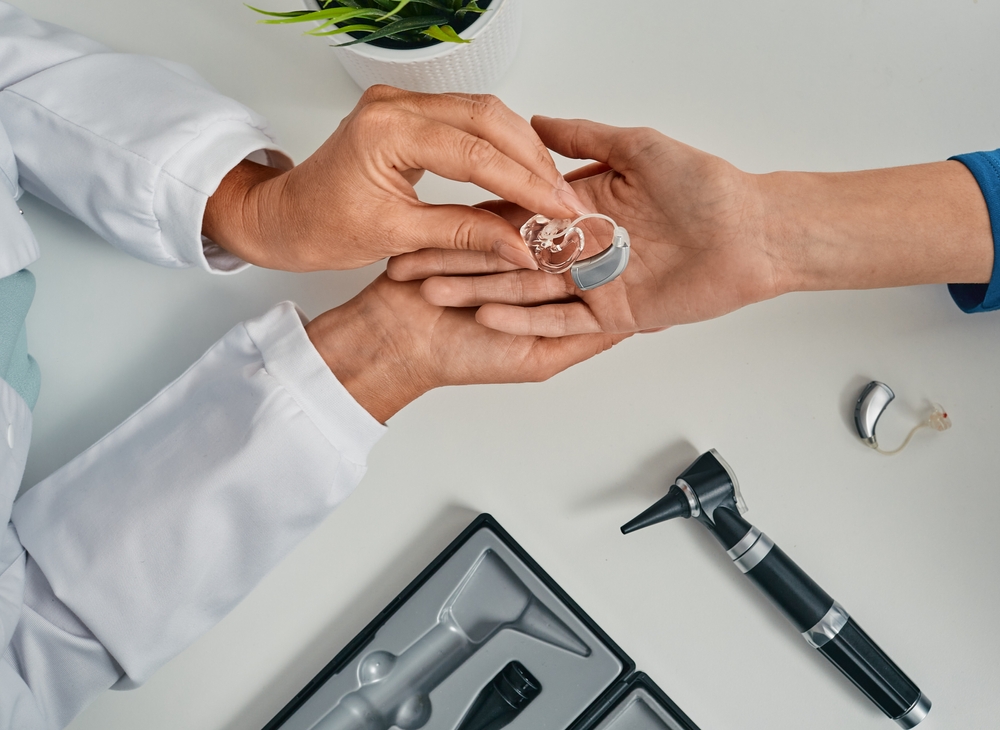
Hearing aids are essential for strengthening daily communication by improving the clarity of sound. For optimal performance, it’s essential to schedule periodic upkeep and periodic expert cleaning sessions. As a result of extended use, an accumulation of earwax, moisture, and other particles can occur, causing functionality to decline. Knowing when it is time to schedule professional maintenance can help prolong the longevity of your hearing aids and ensure they continue to operate at their best.
Why it’s valuable to have your hearing aids professionally cleaned
Even with consistent at-home care, hearing aids progressively collect buildup that might impact sound quality and performance. Professional routine maintenance provides several key benefits:
- Deep Cleaning– Removes earwax, dust, and moisture that day-to-day cleaning tools may not successfully eliminate.
- Improved efficiency – Gets rid of barriers that might cause muted audio or distortion.
- Extended Lifespan– Protects against premature wear and tear, decreasing the need for repairs or replacements.
Having your hearing aids cleaned by a professional helps ensure they function at their best, decreasing the likelihood of sudden breakdowns.
Signs your hearing aids need professional servicing
Not sure if your device is due for a deep clean by a pro? Look out for these telltale signs that it’s time to call in the experts:
- Unclear or Jumbled Audio: If voices and background sounds appear faint, muffled, or altered, the issue may be caused by obstructions, such as earwax or debris, impeding the device’s microphone or speaker.
- Relentless Whistling or Feedback: A high-pitched screeching sound (feedback) can signify wax buildup or a poor fit. A professional cleaning can help eliminate blockages and fine-tune the fit.
- Troubleshooting Volume Issues: When volume adjustments fail to produce the anticipated outcome, it might be necessary to carry out maintenance on internal parts or recalibrate the system’s software settings.
- High humidity can affect the device’s internal components, causing sporadic audio interruptions or faulty button control. A qualified expert can evaluate and resolve issues caused by dampness or water damage.
- If you observe a noticeable increase of wax or dirt on your hearing aids, it is encouraged to have them professionally cleaned for a more thorough elimination compared to cleaning them at home.
- Implement specialized tools to meticulously extract wax, debris, and moisture from sensitive elements without causing harm.
- Verify the proper functioning by examining and repairing any broken parts.
- Assess software and hardware for any functionality problems affecting sound quality.
- Replace worn-out filters or tubing that might be limiting device performance.
- Every 3 to 6 months for standard maintenance.
- Regular cleanings are recommended for people who tend to produce a lot of earwax or reside in locations with high humidity, as these conditions can intensify wax accumulation.
- Dealing with small issues quickly can help steer clear of expensive repairs down the line.

